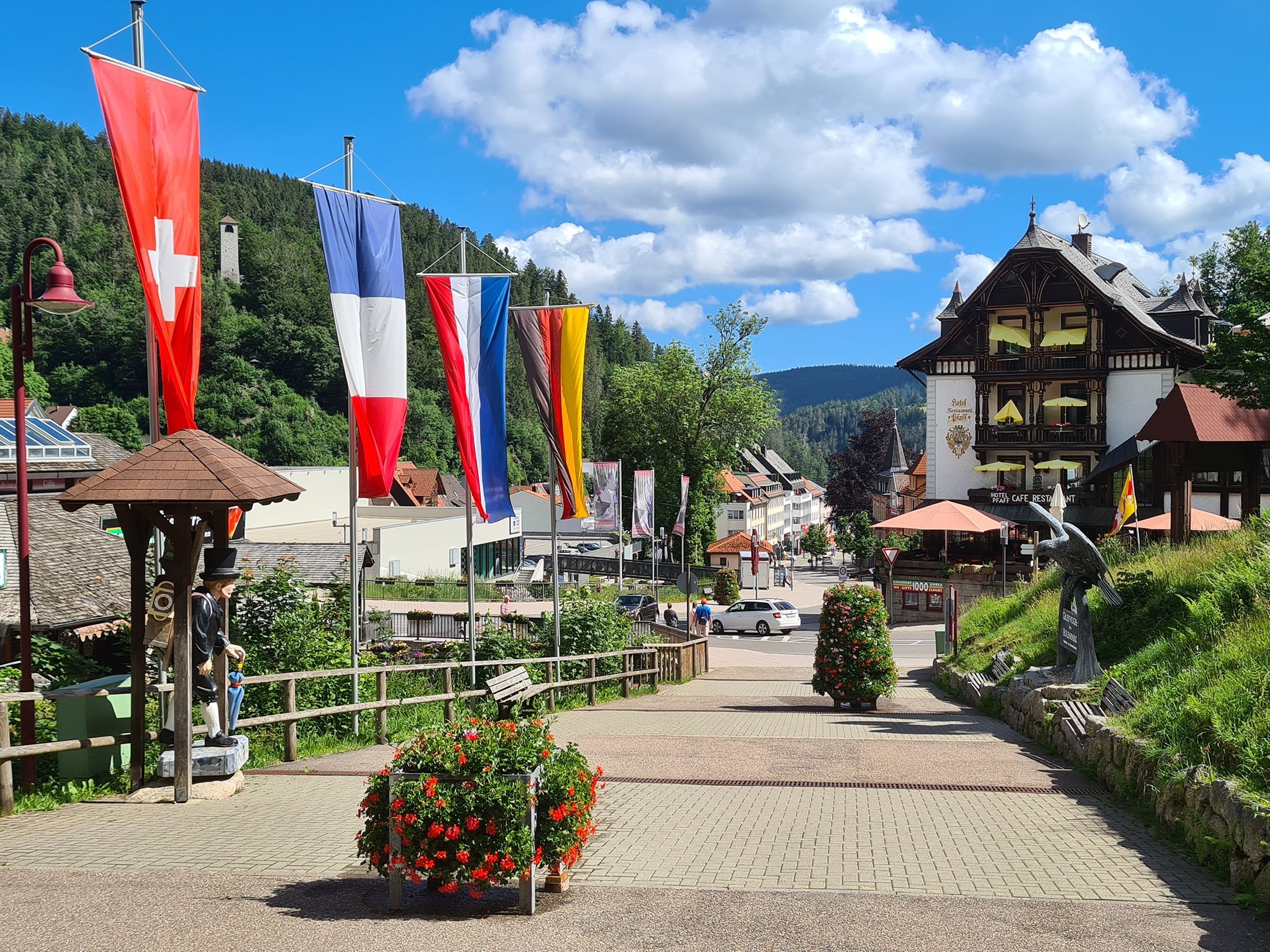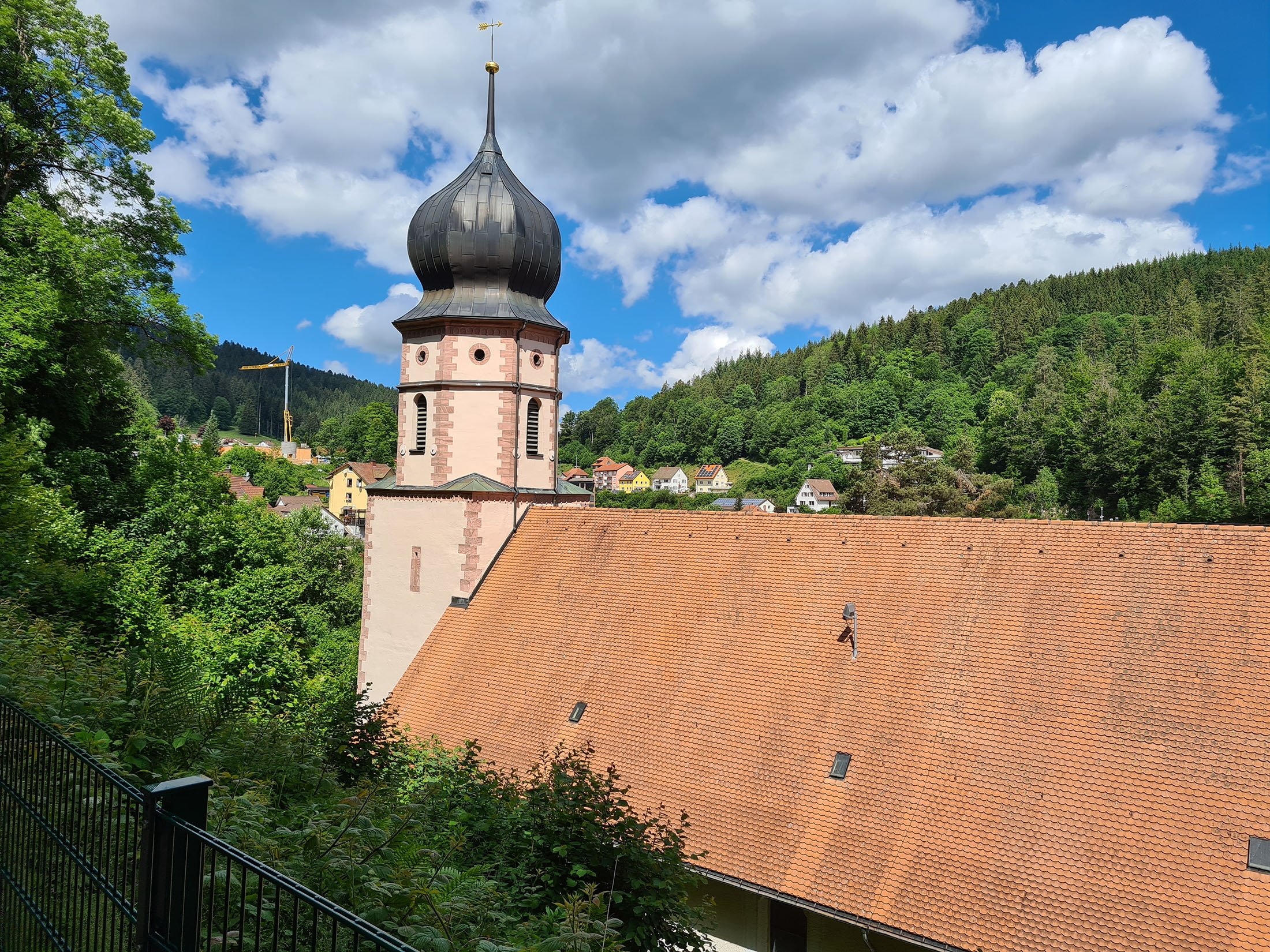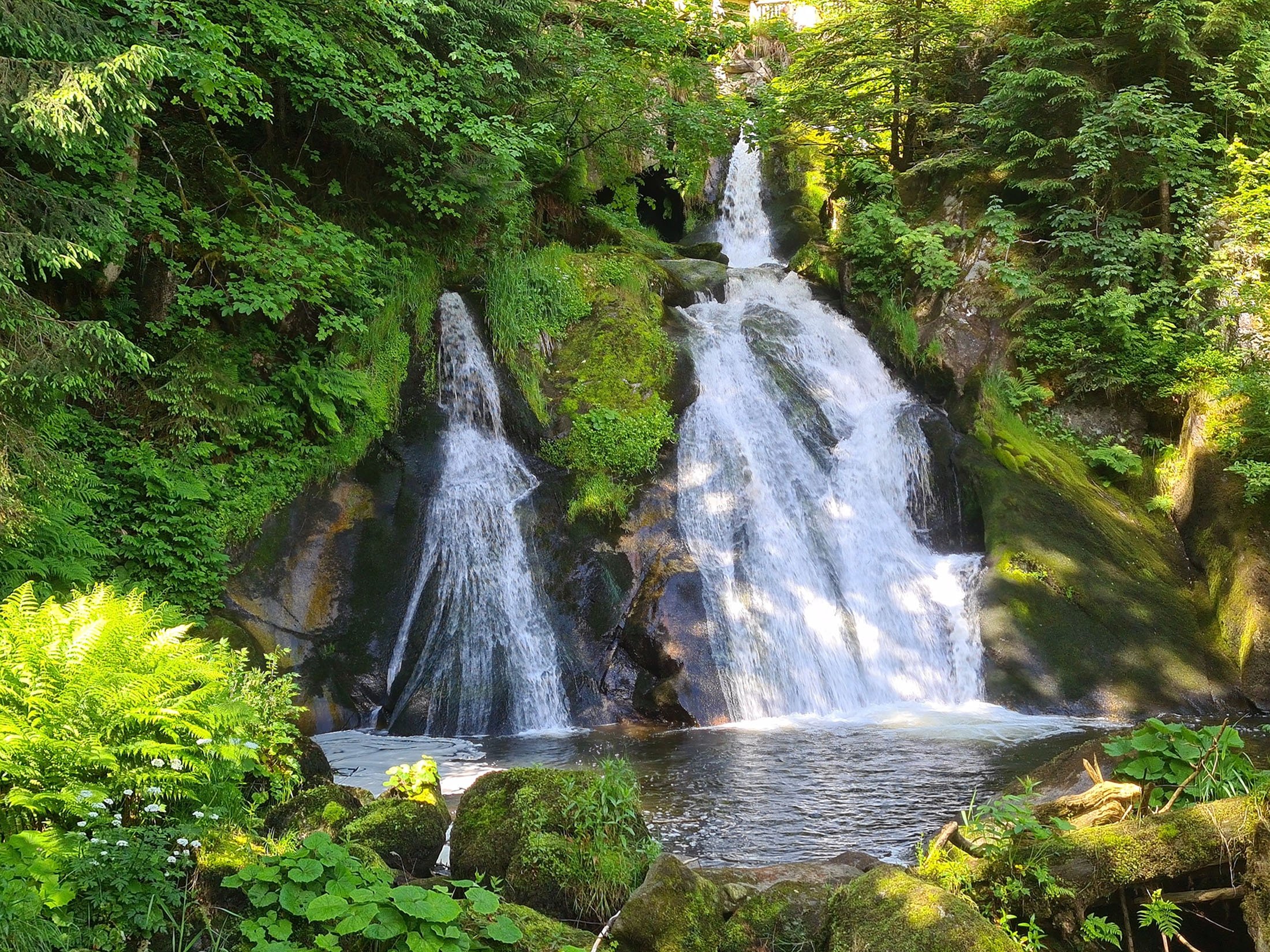Hemingway’s idyllic fishing getaway in green paradise of Germany
Anyone embarking on a walking tour of the countryside surrounding the little green town of Oberprechtal will find themselves in an area that seems positively idyllic – and that would be only too appropriate when considering the history of the town and that it once hosted the great Ernest Hemingway.
Cows graze in meadows full of wildflowers. Goats clamber over staggeringly steep slopes. Man-high broom bushes line the path and streams gurgle. At the top of the Huberfelsen – a stately granite rock that towers like a monolith above the Black Forest – the view sweeps over a sea of hills and mountains, lingers on lonely farmsteads and picturesque villages, encounters dark fir trees and lush green meadows.
Perhaps Hemingway also enjoyed this sight, back in 1922, when the American came to southern Germany on a holiday to fish for trout.

Leaving Paris for Black Forest
Together with his wife Hadley and some friends, the then 23-year-old American escaped the stifling August heat of Paris to visit Triberg, in the heart of the Black Forest, advertised in the Baedeker travel guide as a “world-famous high-altitude health resort.”
While the writer from Illinois wouldn’t really warm to the people of the Kinzig and Elz valleys, he did come to appreciate the lovely nature, the fresh country air and the crystal-clear mountain streams full of fat trout.
The young Hemingway didn’t have a fishing license, but he found a way through the local “legal labyrinths” in his own way. Sometimes he appeased the angry farmers armed with pitchforks with a few dollar bills, while on another occasion his wife stood guard as he cast his line and pulled out four magnificent trout from the Elz, each weighing three-quarters of a pound.
It’s not difficult to imagine the clashing of two worlds: On the one side, the pleasure-seeking, often drunk group of sophisticates from Paris, who had money to burn because in August of 1922 Germany was seeing record inflation rates. On the other, the rather monosyllabic, occasionally gruff Black Foresters who still hadn’t gotten over the outcome of World War I, resentful of the cocky strangers.

Unimpressed by inns
The wealthy American found particularly scathing words for the local inns. They were “clean-looking outside and uniformly neat and dirty inside,” he wrote in an article for the Toronto Daily Star about his Black Forest experience, which was later published in a collection called “Byline: Ernest Hemingway.”
In Triberg, a plaque near the waterfall commemorates the author’s visit, his hike down to Oberprechtal, past large Black Forest houses and his fishing spot. The American from Paris didn’t write about his visit to the highest waterfall in Germany, where the wild and foaming Gutach falls 160 meters (524 feet) into the valley over seven cascades, but he did mention the noble Parkhotel Wehrle, where he had his trout prepared.
Oberprechtal, as it was in 1922
Oberprechtal, where Hemingway cast his line, looks almost the exact same as it probably did back in August 1922. Chickens strut around, goats make themselves at home in the greenery. The Elz flows towards the Rhine as it has done since time immemorial, the banks guarded by overhanging trees, the river pebbles polished smooth by the current.
The Sonne (sun), the inn where Hemingway tried to get a fishing license, has closed, but the Roessle, or Inn of the Pony as he called it, still exists, its keepers once disparaged as oxen and camels by the writer who described the rooms as filthy. Only the good food found favor in Hemingway’s eyes.
Today’s owners seem to have forgiven the young reporter for his rant. They are even a little proud of the fact that Hemingway once stayed at the Roessle. A small corner in the dining room, where hikers, cyclists and bikers fortify themselves for their tours, is dedicated to the passionate fly fisher.

Memories immortalized
Hemingway never returned to the Black Forest, neither with Hadley nor with any of his three later wives. However, his memories of Triberg, the Black Forest and its people made their way into the story “The Snows of Kilimanjaro.”
Perhaps if Hemingway had come back and reconciled with the innkeepers of the Roessle, he might have realized that sometimes the people of the Black Forest can actually be great company.
After leaving Germany, Hemingway’s debut novel “The Sun Also Rises” was published in 1926. He divorced Richardson in 1927, and married Pauline Pfeiffer.
They divorced after he returned from the Spanish Civil War (1936-1939), which he covered as a journalist and which was the basis for his 1940 novel “For Whom the Bell Tolls.”
Hemingway was present with Allied troops during World War II as a journalist at the Normandy landings and the liberation of Paris.
Hemingway produced most of his work between the mid-1920s and the mid-1950s, and he was awarded the 1954 Nobel Prize in Literature.
He almost died in 1954 after two plane crashes on successive days, with injuries leaving him in pain and ill health for much of the rest of his life.
In 1959, he bought a house in Ketchum, Idaho, where, in mid-1961, he took his own life.
He published seven novels, six short-story collections, and two nonfiction works. Three of his novels, four short-story collections, and three nonfiction works were published posthumously.
Hemingway’s legacy to American literature was one of an unmistakable style that influenced generations so much so that writers who came after him either emulated or went out of their way to avoid it.
Many of his works are considered classics of American literature.



